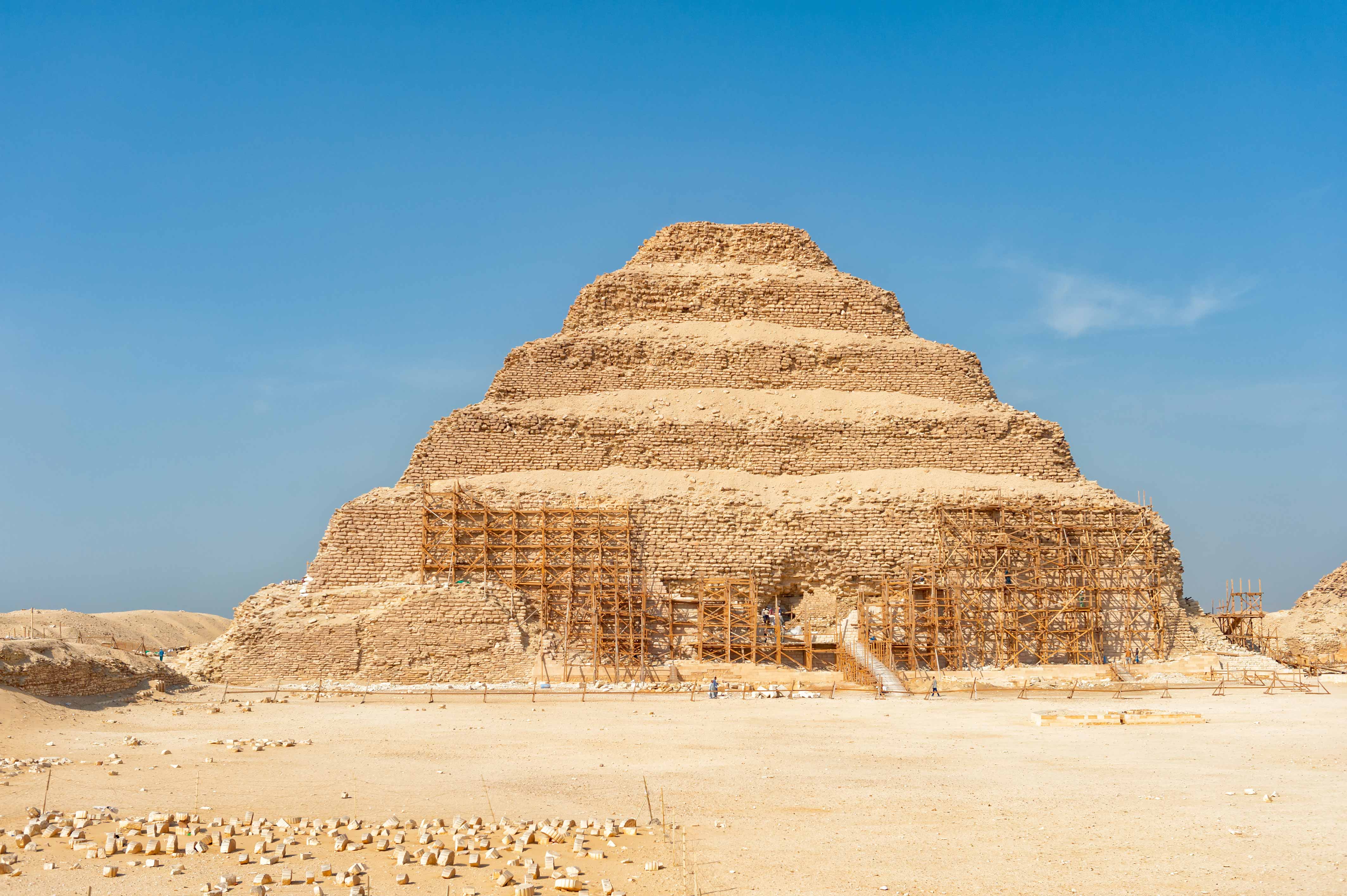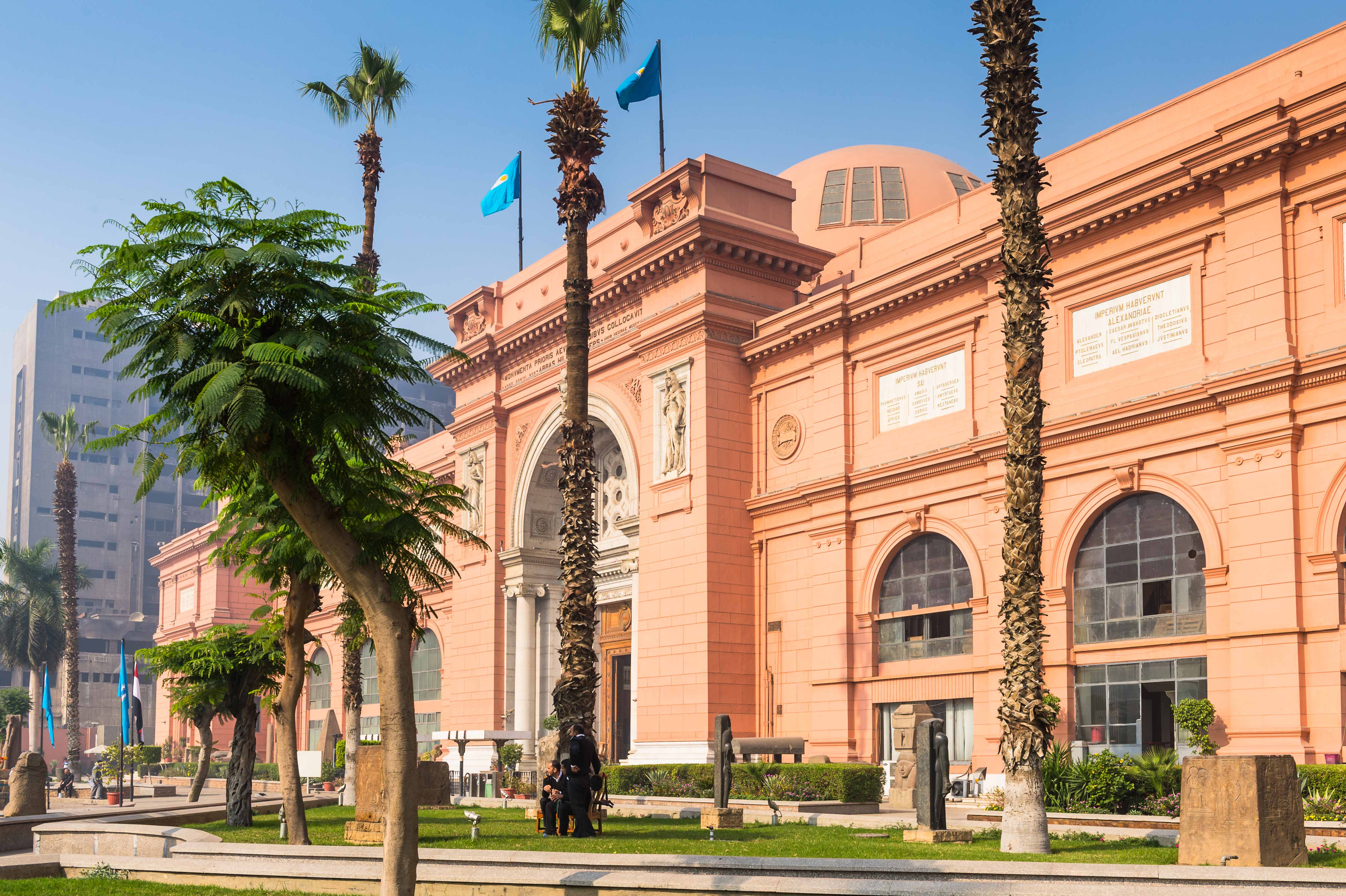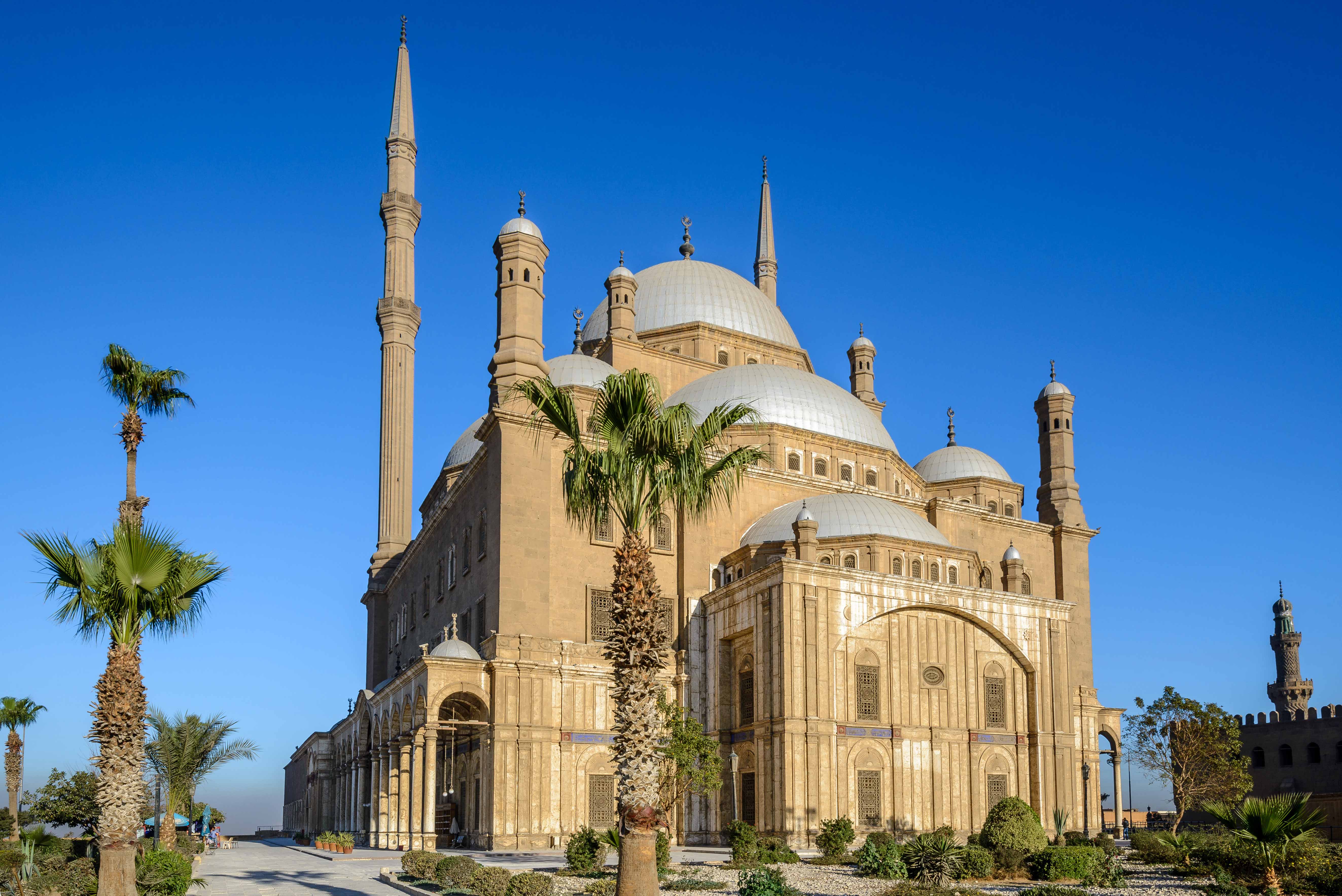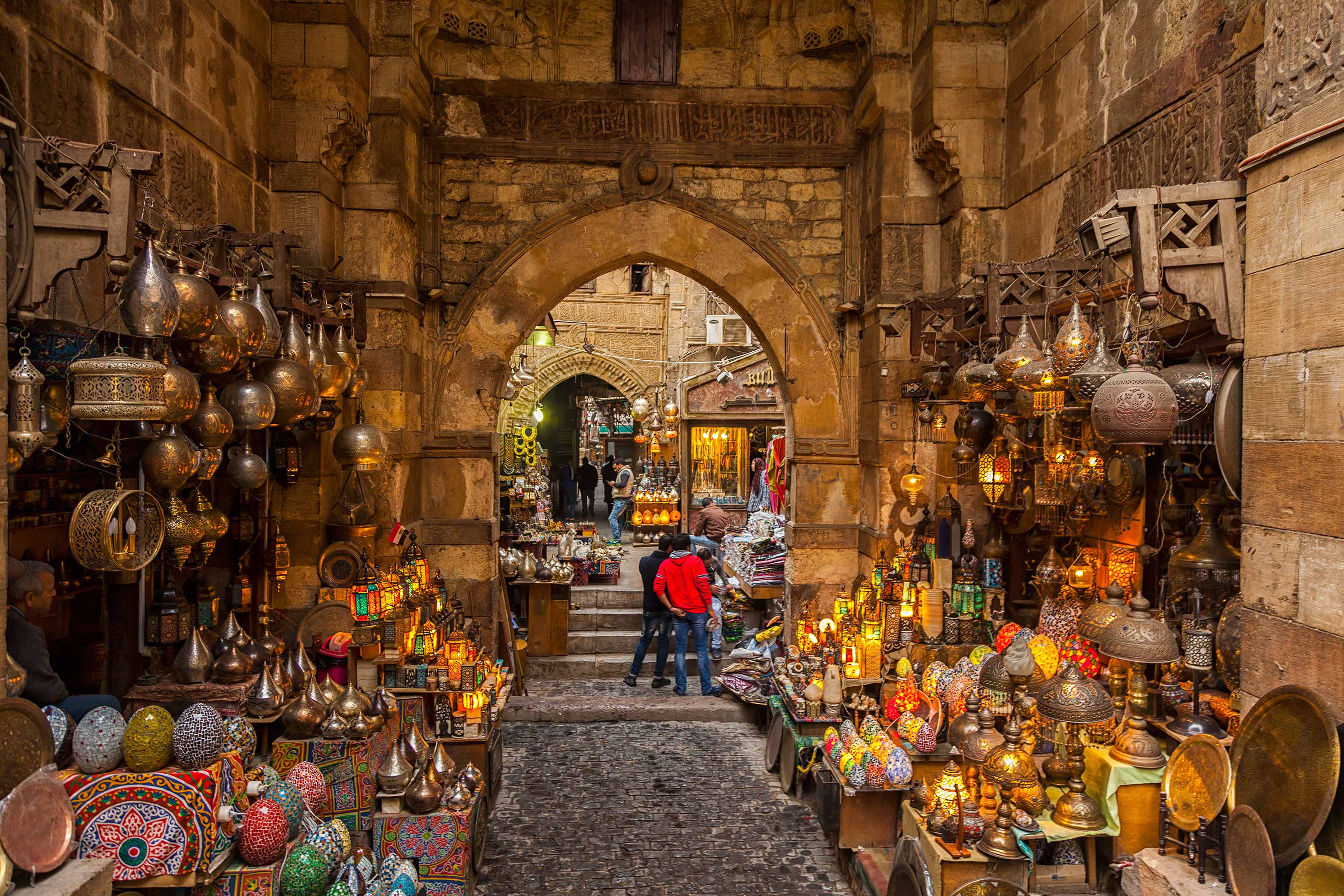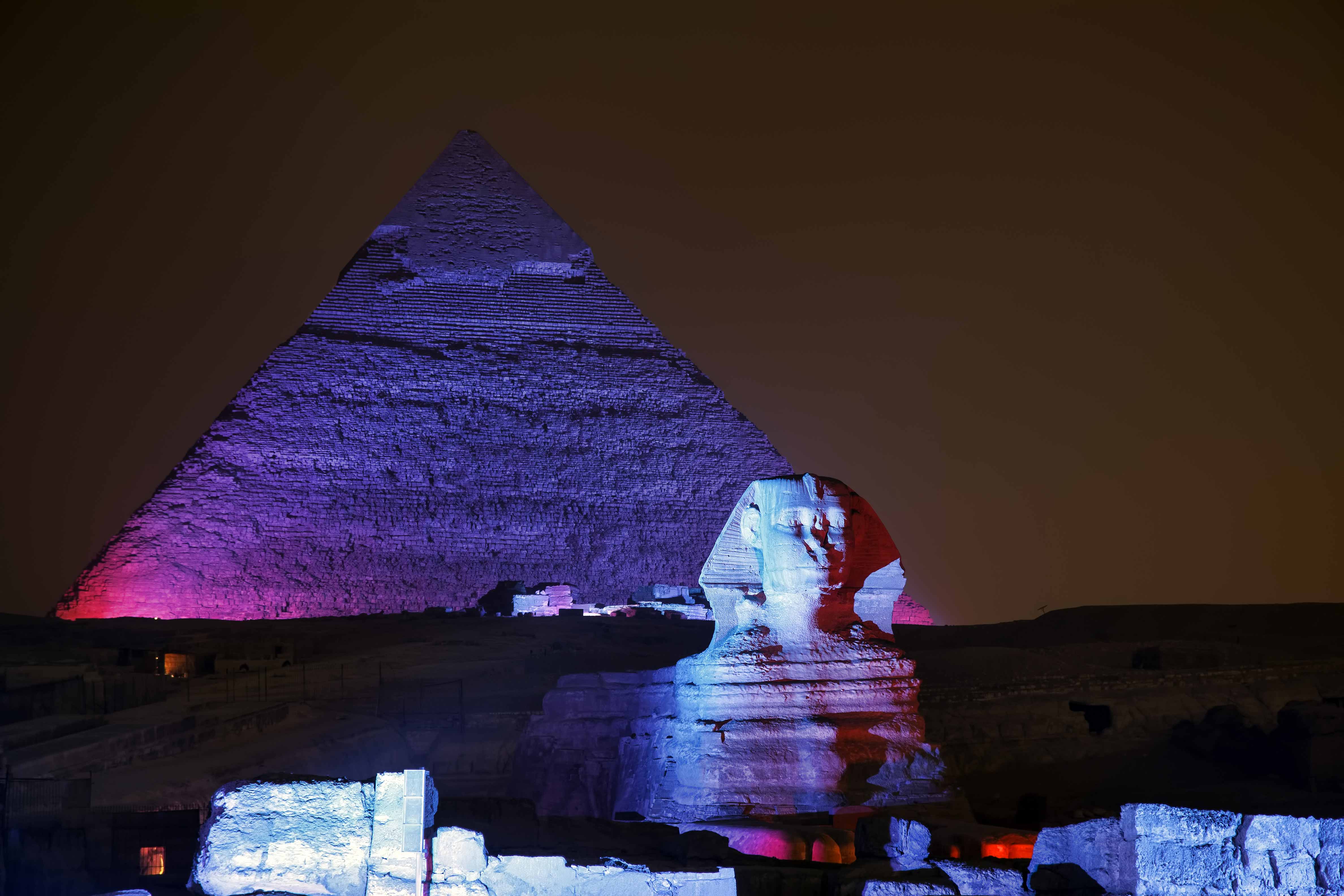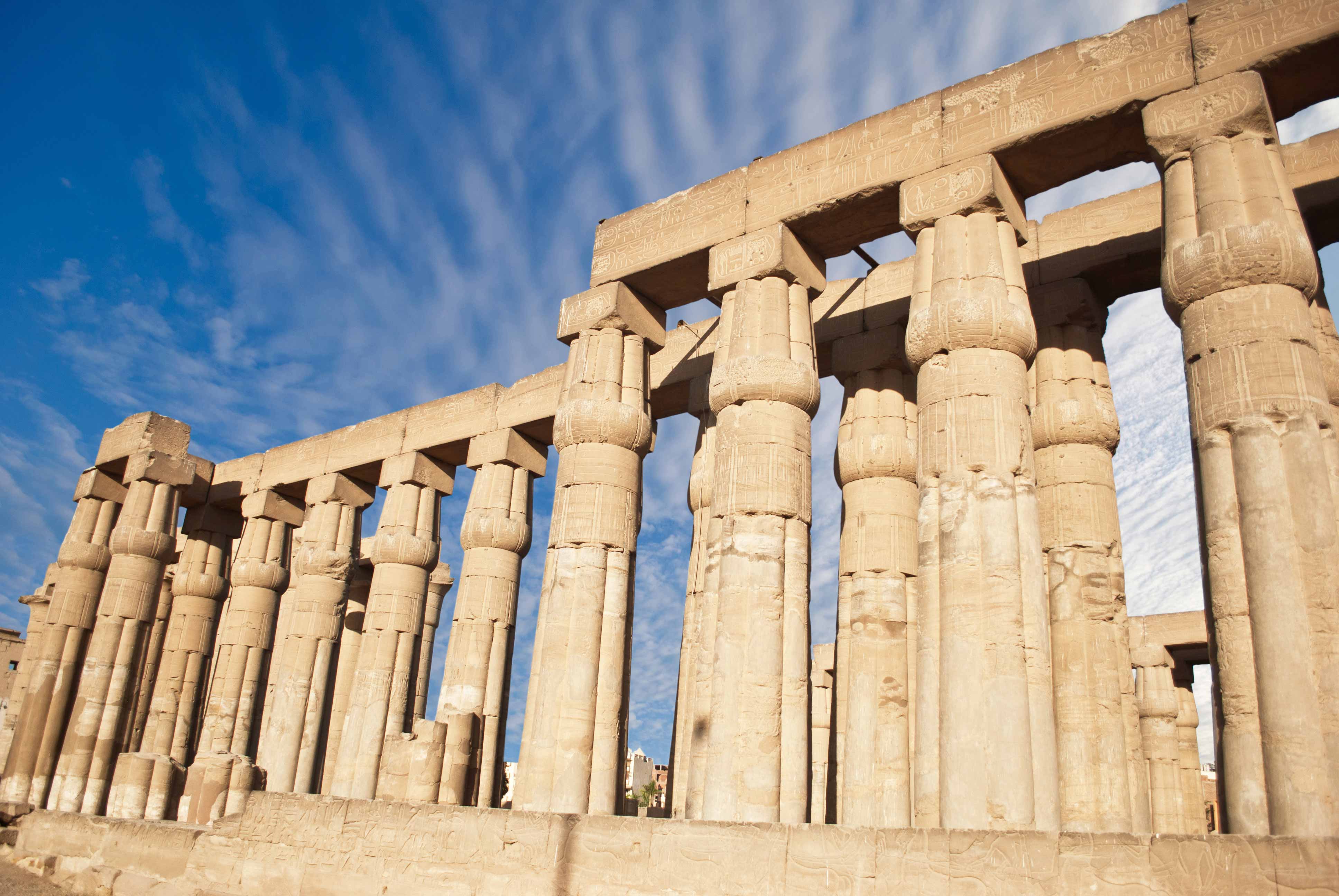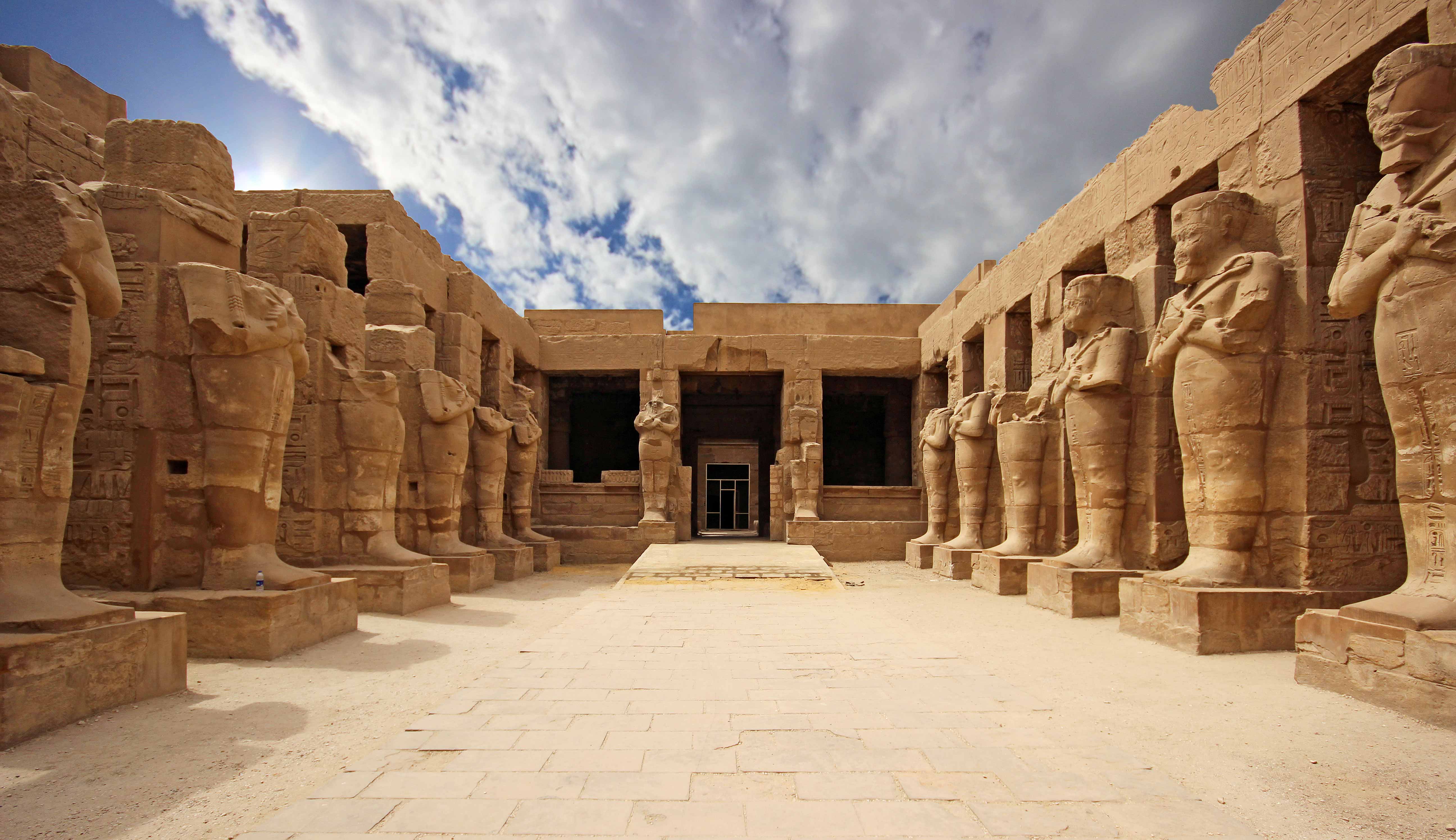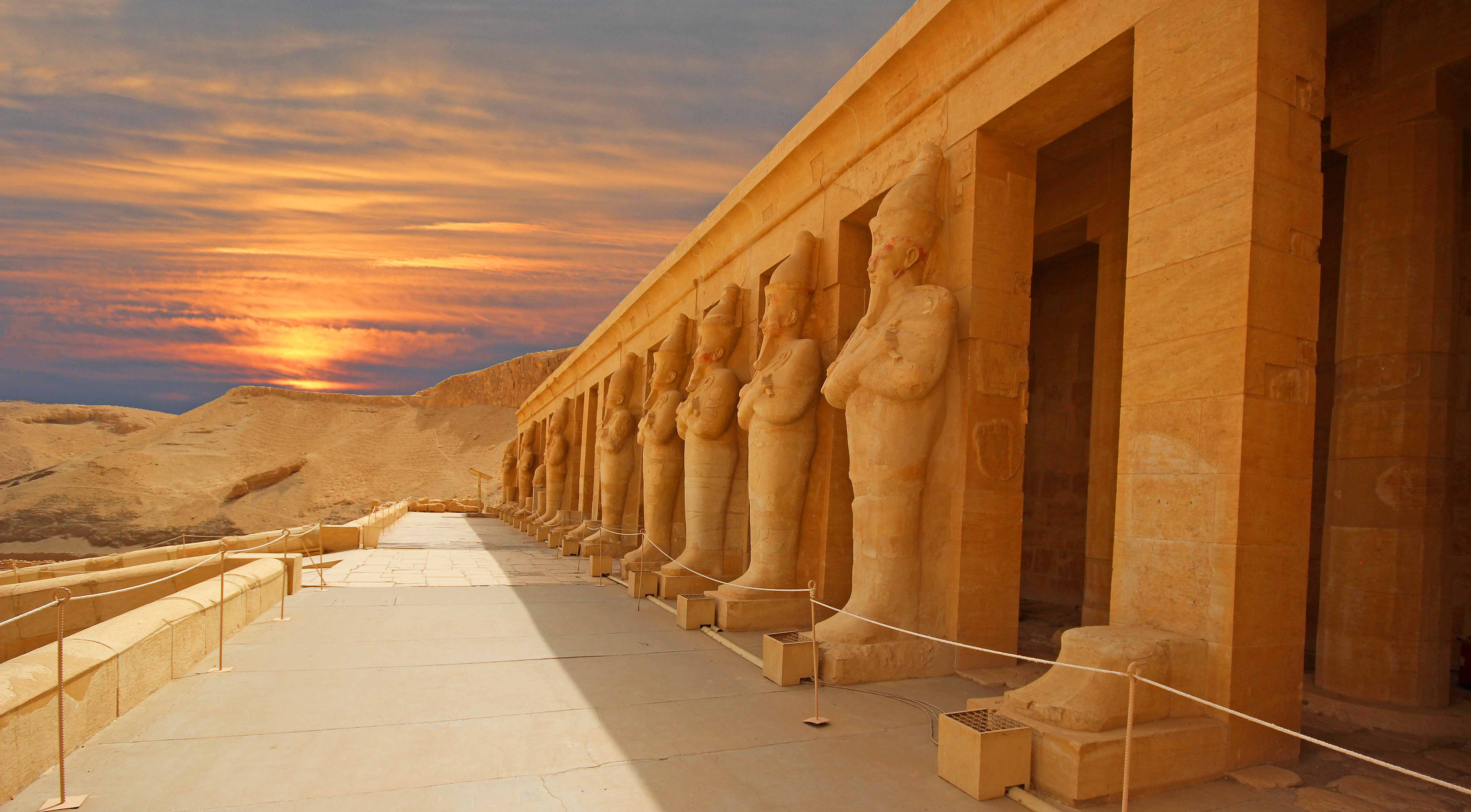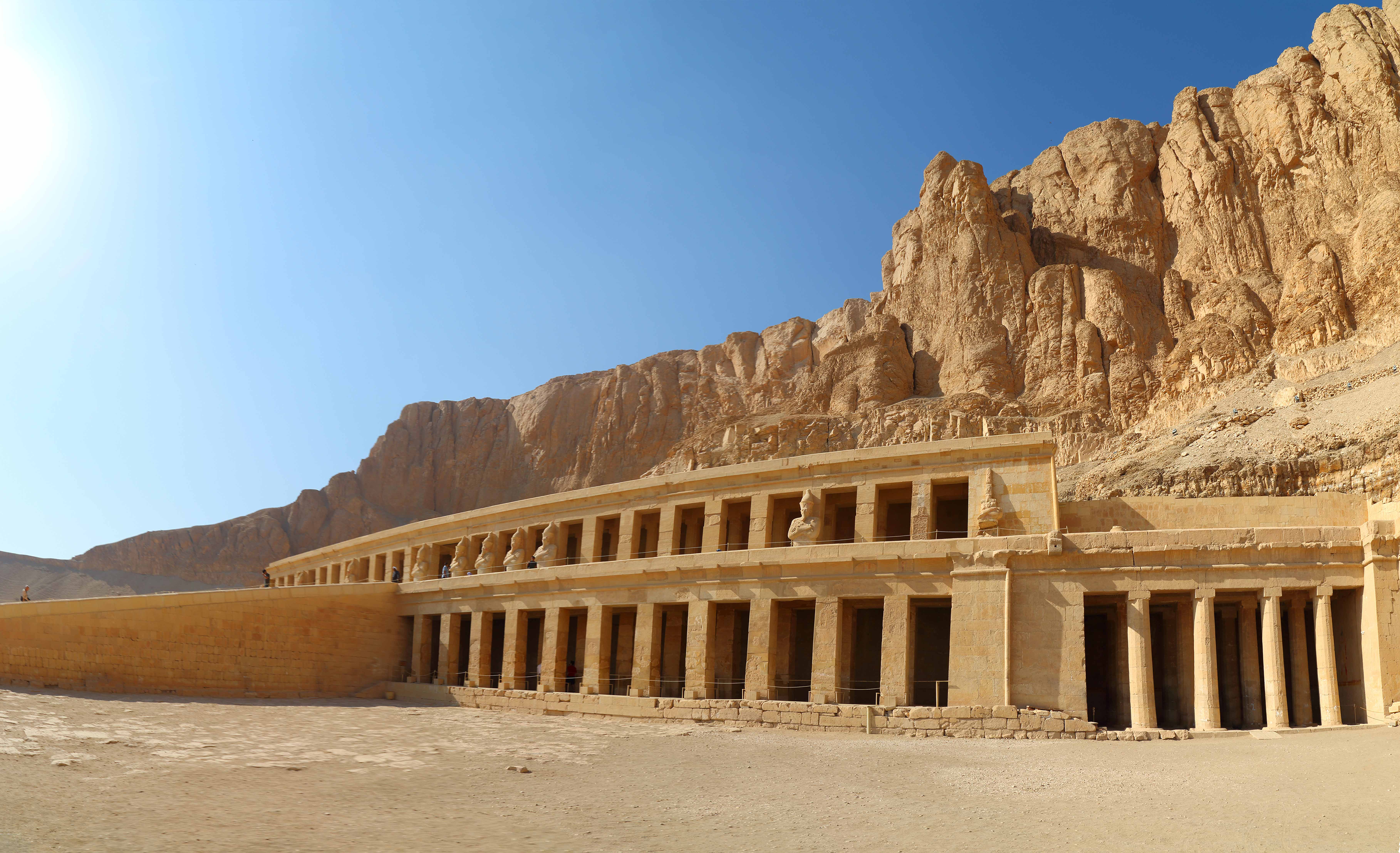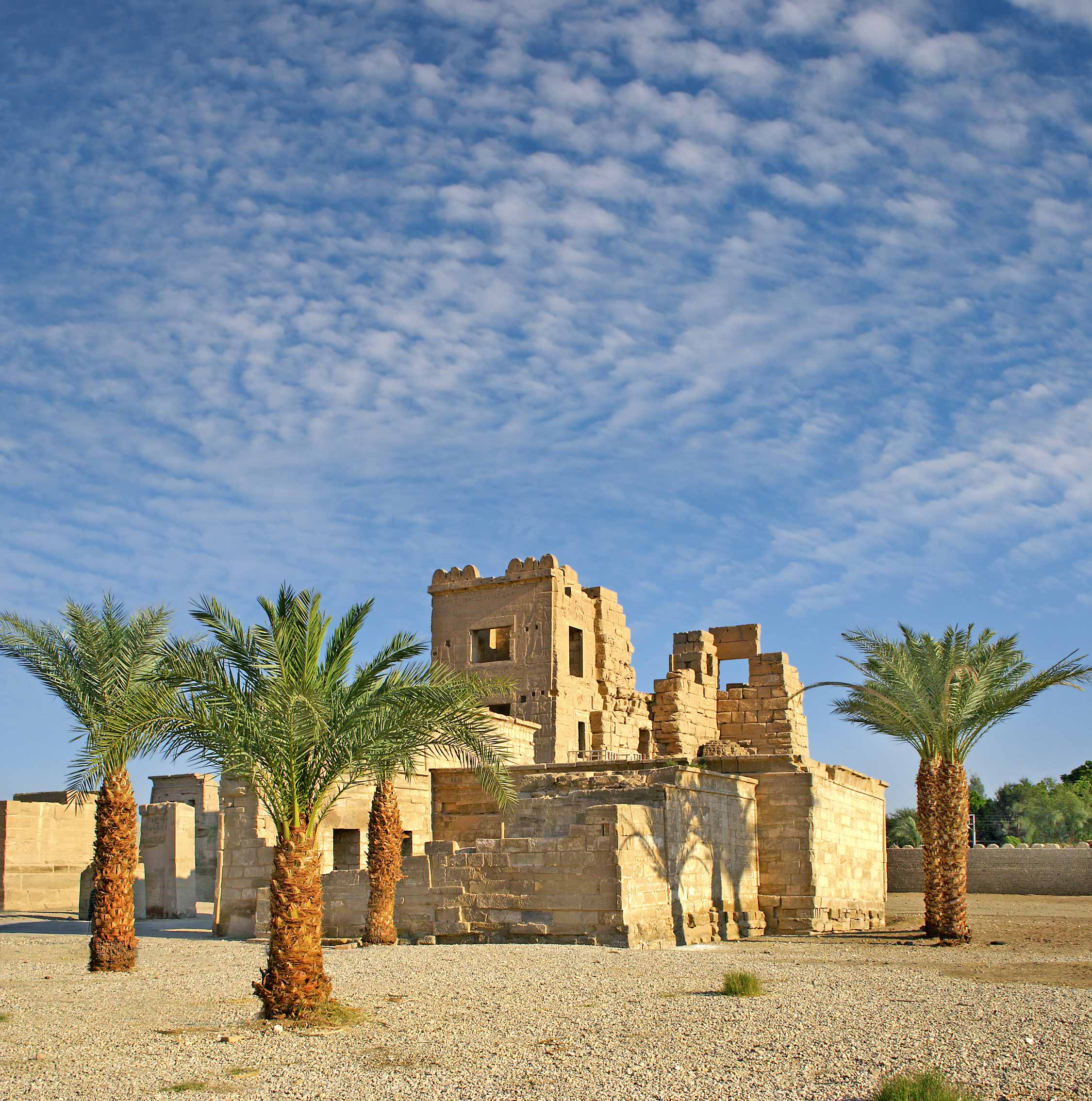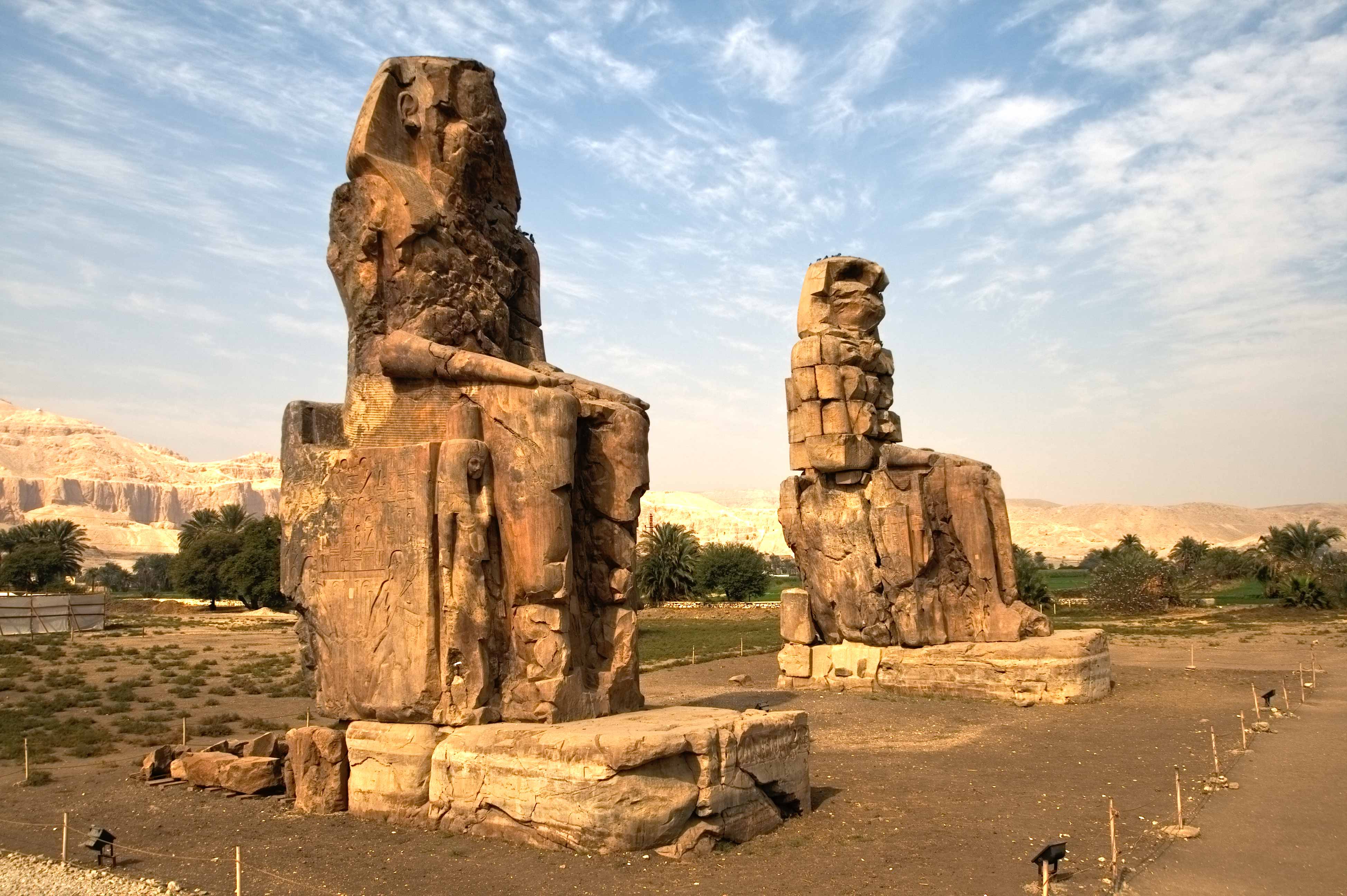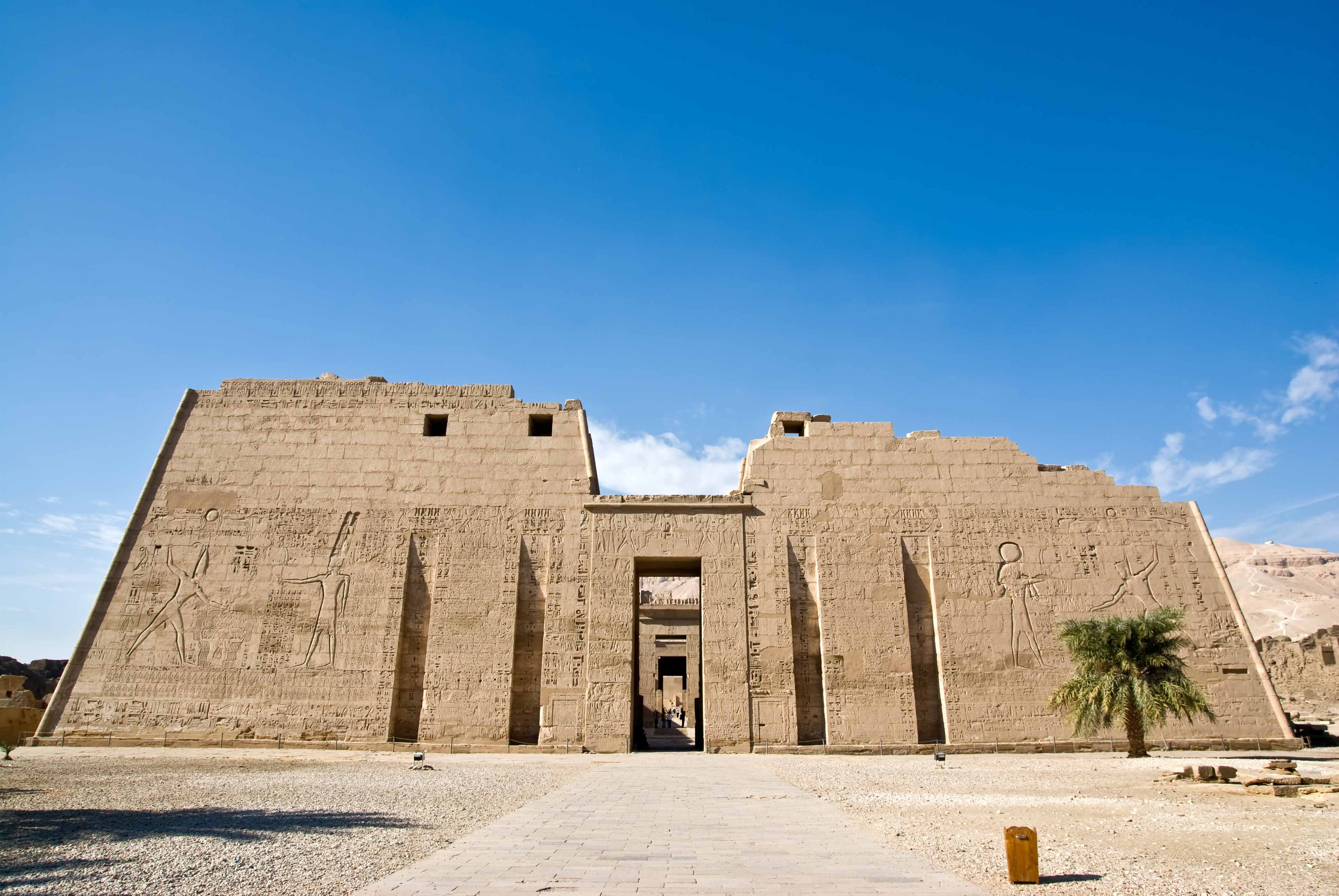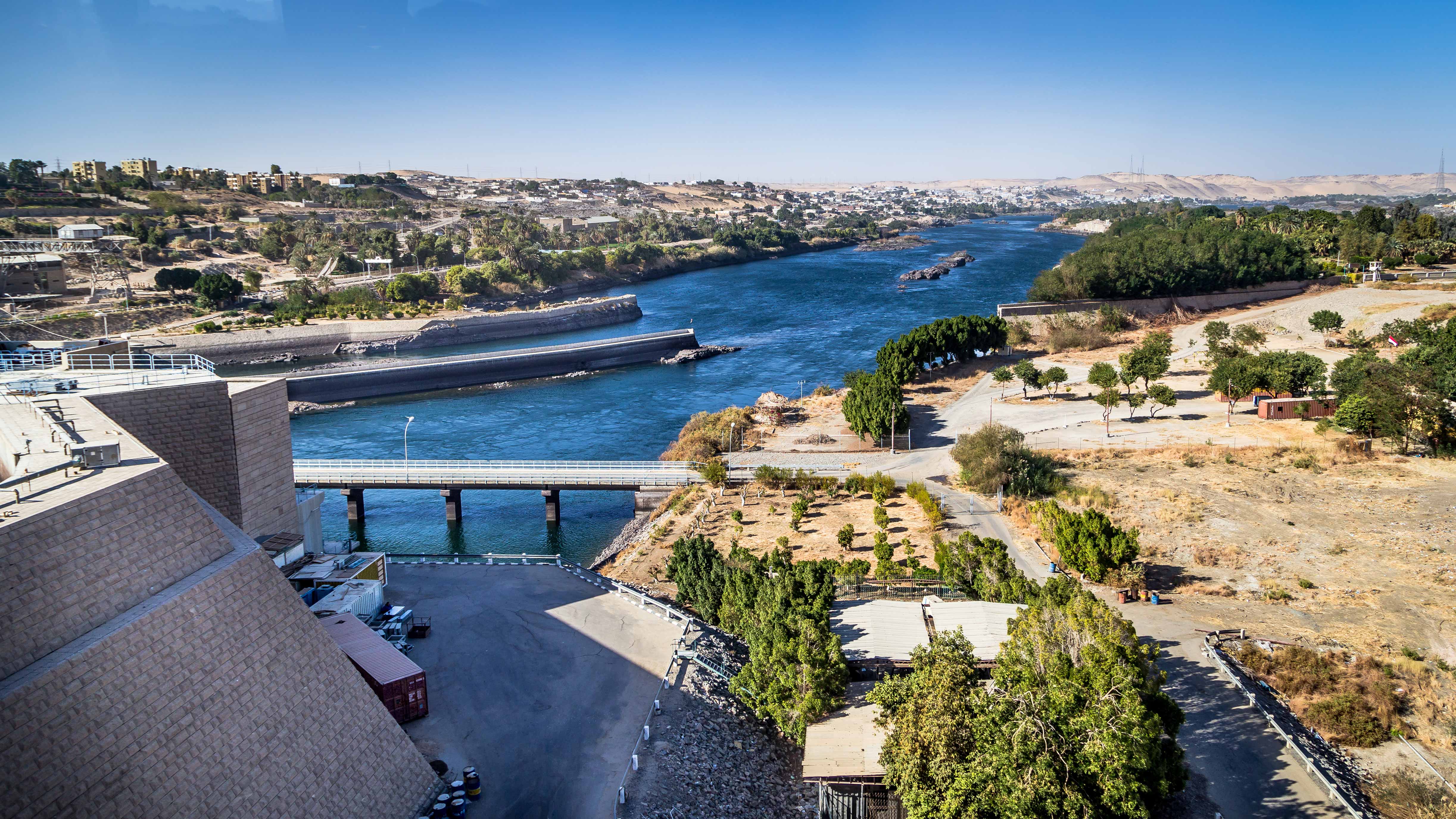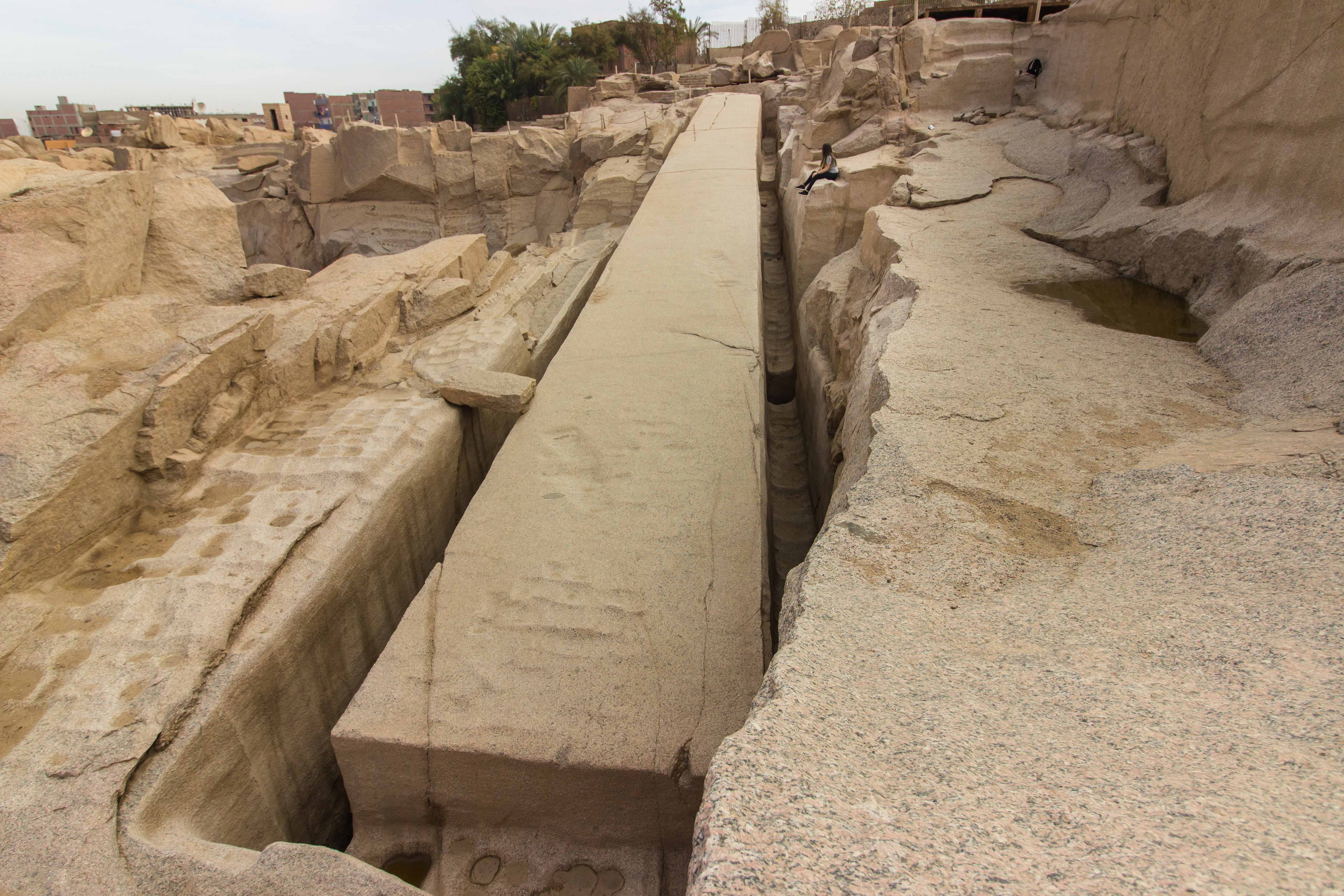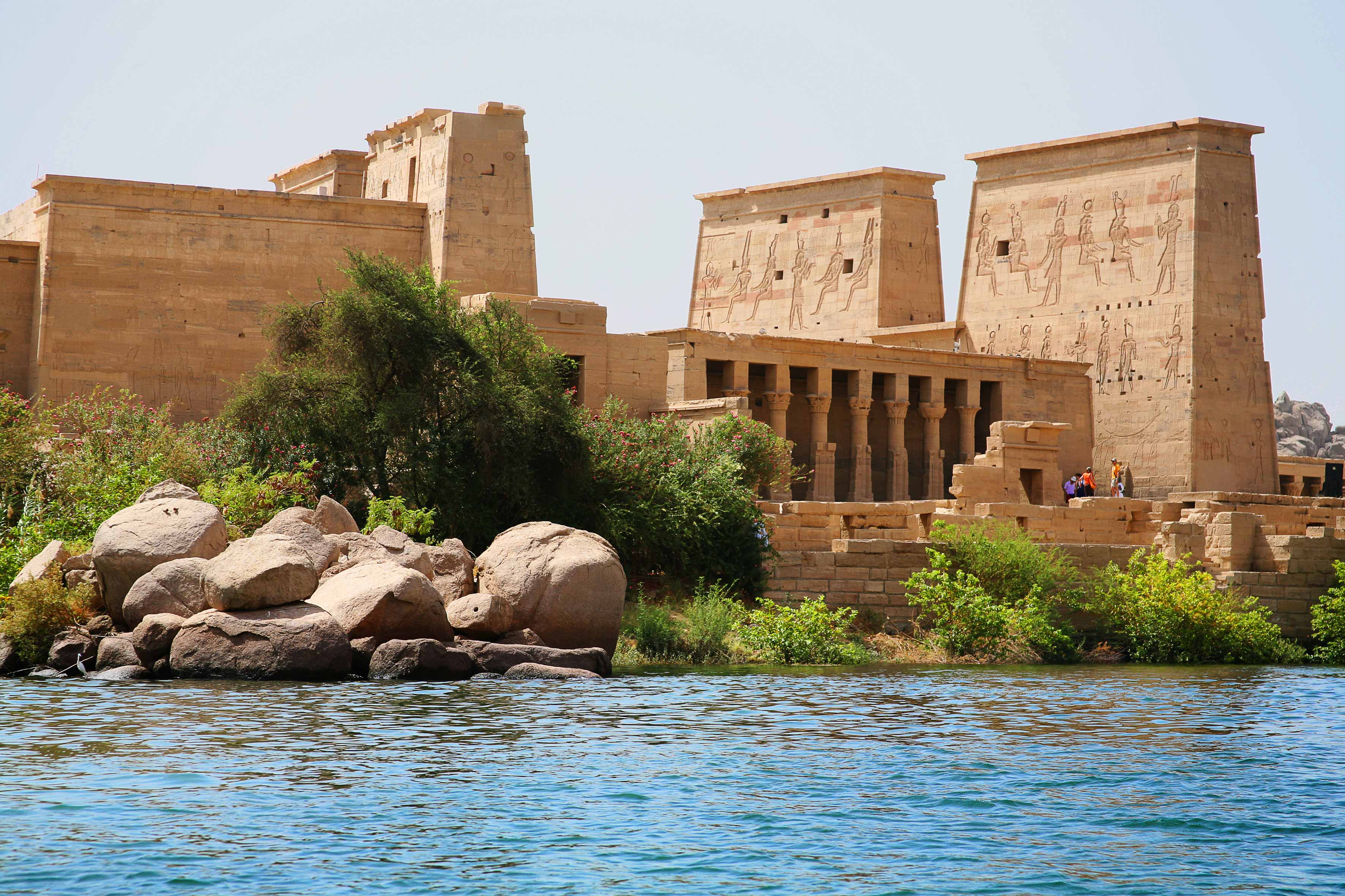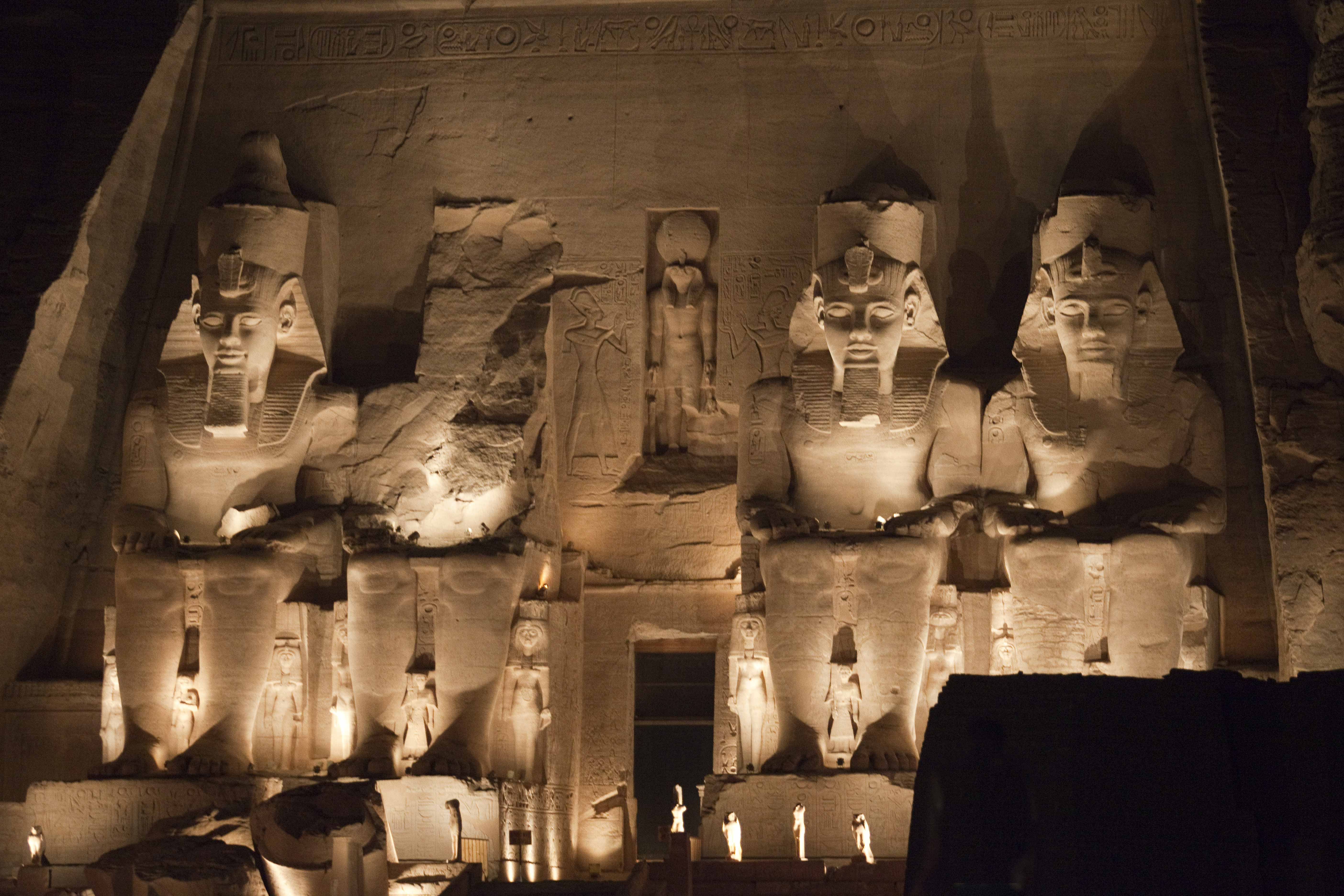Pyramids of Giza
Start your half day tour visiting Giza Pyramids, There is Opportunity to visit the Pyramids from inside or having Camel ride around the great pyramids but it would be Subject of extra charge, End your tour with a Visit to The Sphinx - The legendary guardian that stands by the huge funeral complex with its lion body and the head of king Chephren and it`s the place where you can have an amazing Pictures for yourself with the Sphinx in many Funny Positions.


